1. Self-Checkout Overload
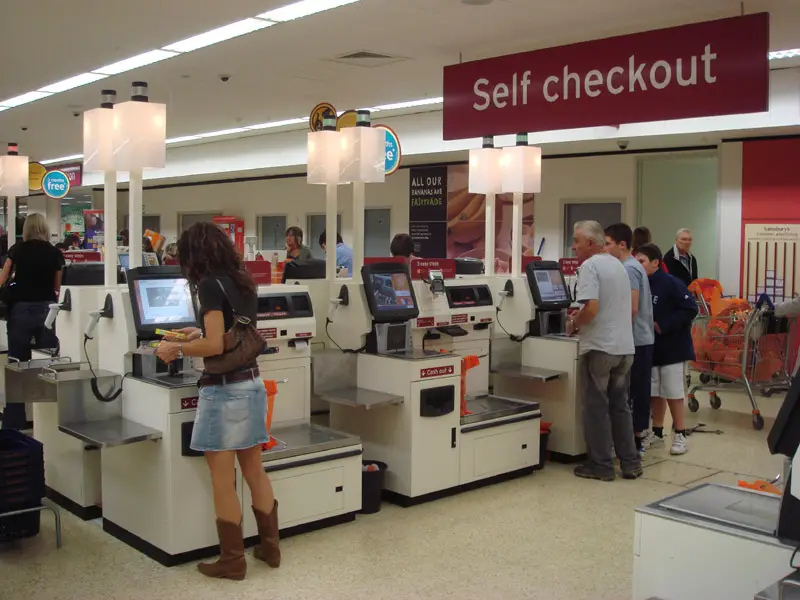
Retailers are doubling down on self-checkout, often reducing staffed registers. Shoppers face long waits for assistance with glitches or complex purchases. The DIY approach isn’t always ideal, especially for those who value personalized service.
2. Smaller Storefronts
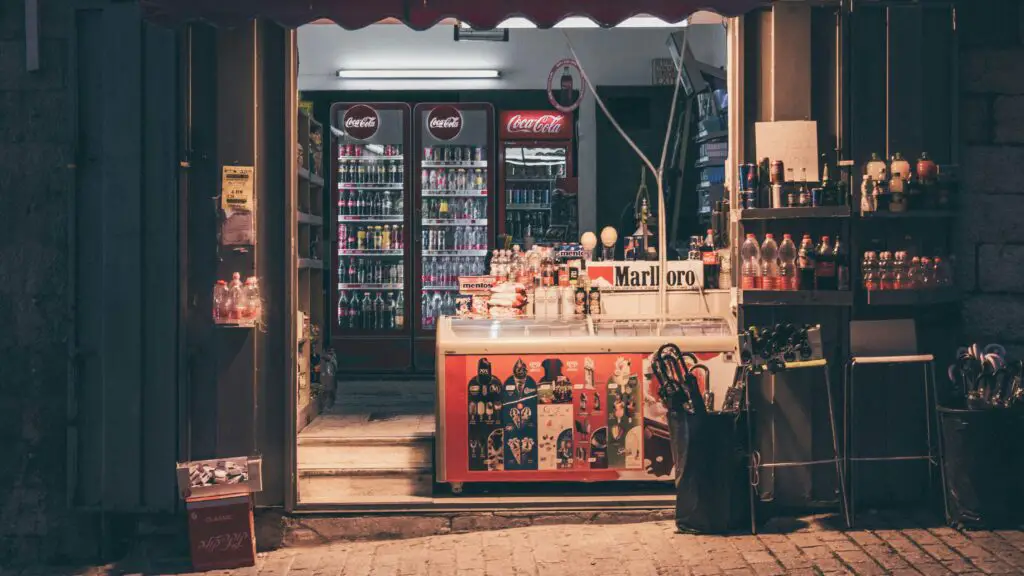
Retailers are downsizing physical locations, prioritizing e-commerce over in-store experiences. Shoppers will find fewer options in smaller spaces, with limited inventory on hand. This trend can make in-person shopping feel cramped and less satisfying.
3. Subscription-Only Access
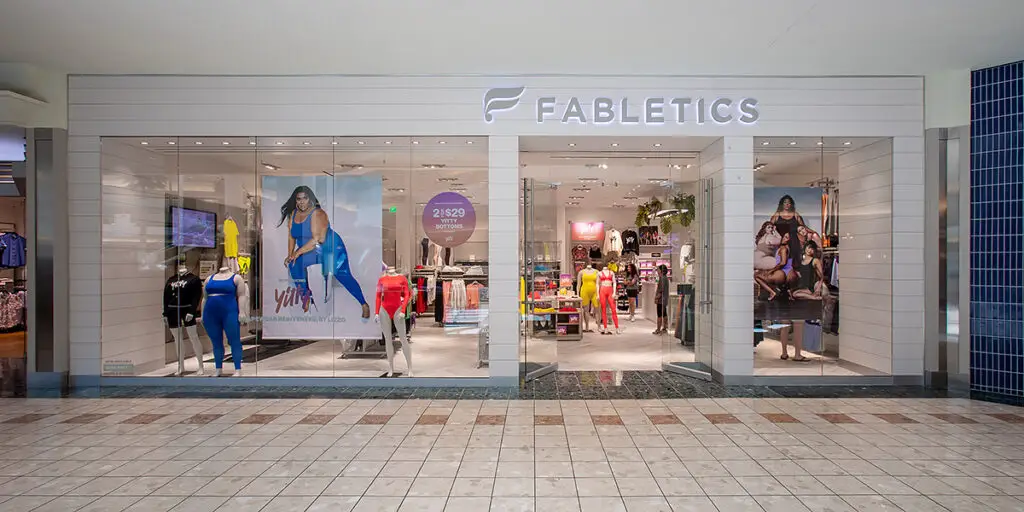
Some retailers are shifting to subscription models, restricting access to exclusive deals or perks. This forces customers to pay recurring fees for benefits they once enjoyed freely. For casual shoppers, this can feel like an unnecessary expense.
4. Overly Digital Displays
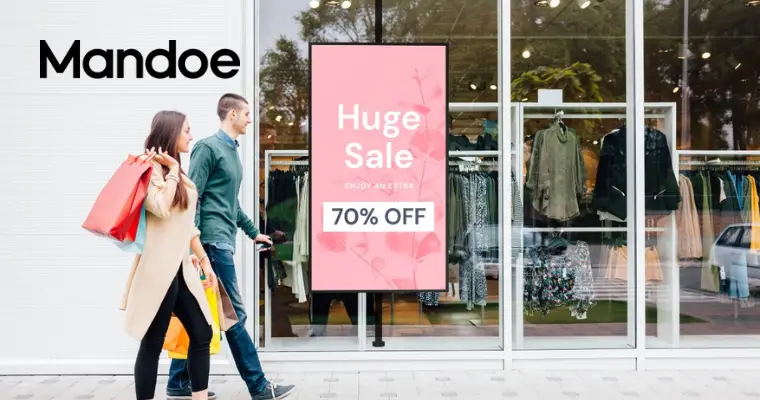
Interactive digital displays are replacing traditional signage, but they can be overwhelming and impersonal. Constant flashing ads and touchscreens can detract from a relaxing shopping experience. For many, the charm of browsing in peace is lost.
5. Cashless Transactions

The push for cashless payment systems excludes those who prefer or rely on cash. Customers without credit cards or smartphones may feel left out or inconvenienced. This shift also raises concerns about privacy and data security.
6. Pop-Up Exclusivity
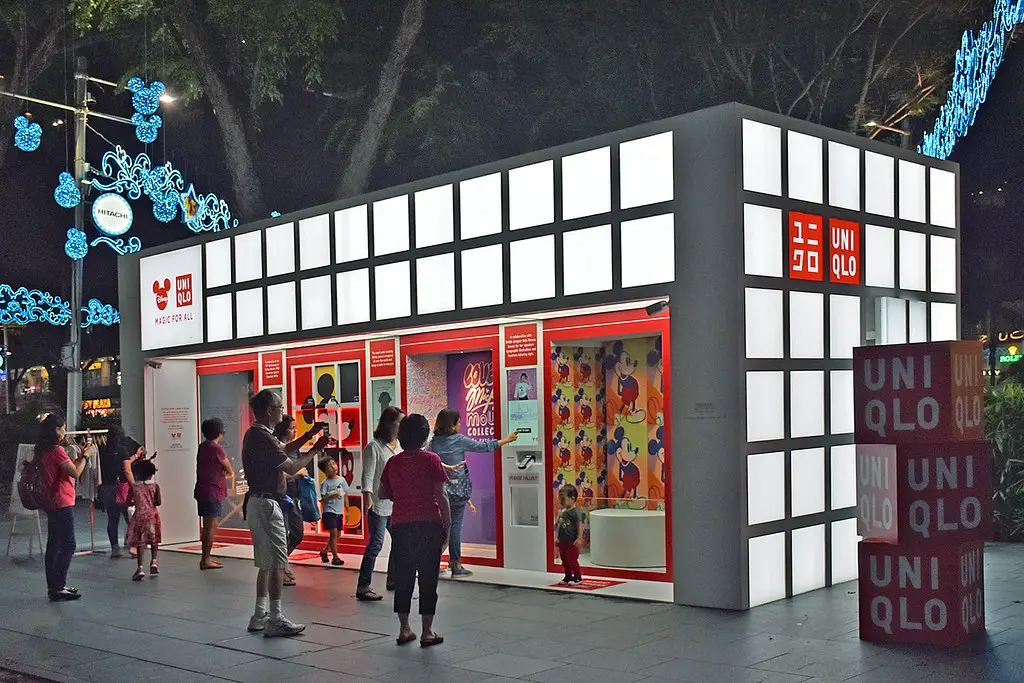
Retailers are increasing reliance on pop-up shops that are here today, gone tomorrow. While trendy, these fleeting locations can frustrate customers looking for consistency. Finding a store you love only to have it disappear adds unnecessary stress.
7. Hyper-Personalized Marketing
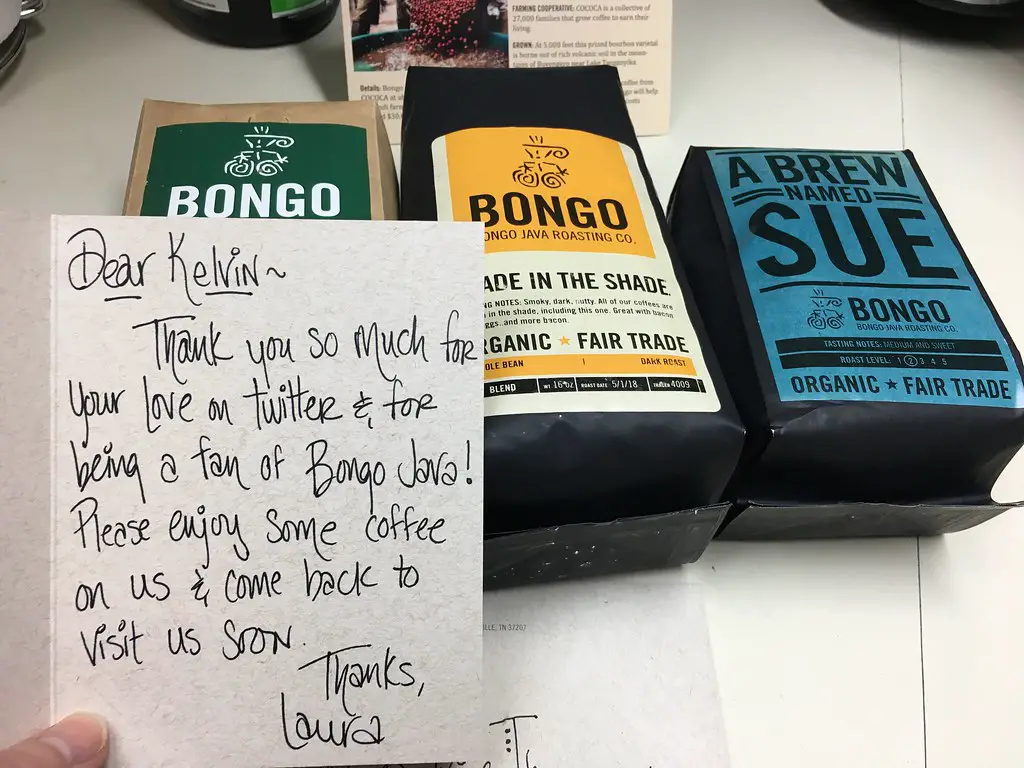
Advanced algorithms bombard shoppers with tailored ads and suggestions based on their data. While some appreciate this, others find it invasive and manipulative. The constant tracking and targeting can make shopping feel less like a choice and more like a trap.
8. Warehouse-Style Layouts
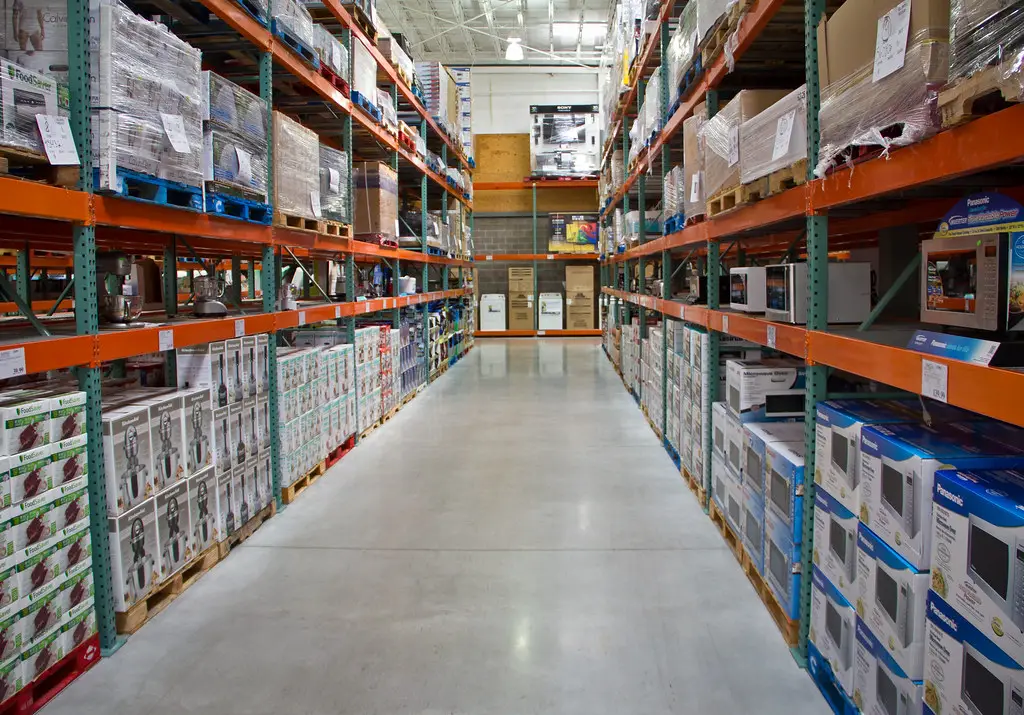
More stores are adopting sparse, warehouse-like designs to cut costs. The minimalist setups lack warmth and character, making shopping less enjoyable. Customers may miss the inviting atmosphere of traditional retail spaces.
9. Dynamic Pricing in Stores
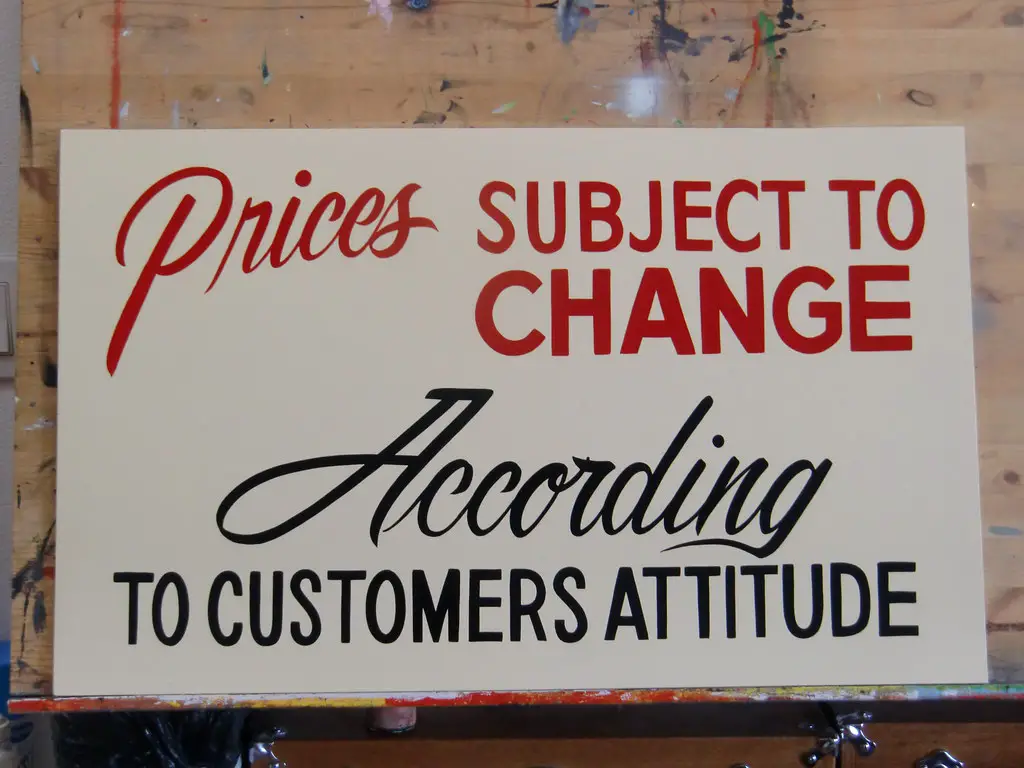
Retailers are experimenting with dynamic pricing, where product costs fluctuate based on demand or time of day. This can make shopping unpredictable and frustrating for customers trying to budget. Many feel it takes advantage of consumers rather than offering fair and consistent prices.
10. Increased Rental Fees for Items
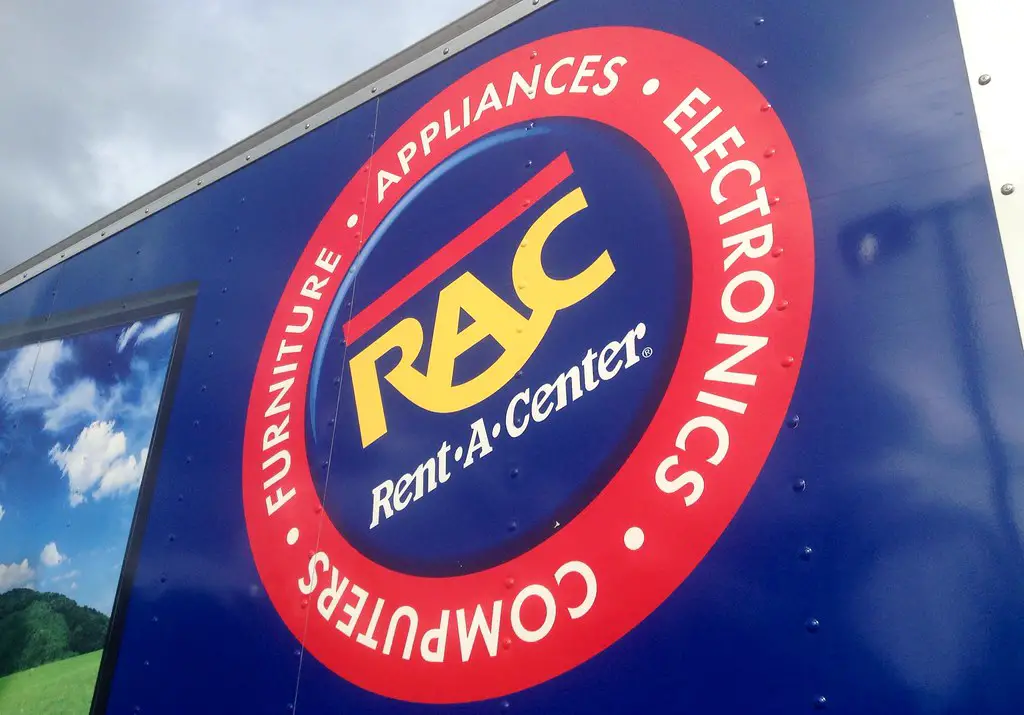
Retailers are pushing rental models for everything from clothing to electronics. While it can be eco-friendly, the idea of “renting” rather than owning turns off many customers. This trend may feel like a cash grab for those who value long-term investments.
11. Limited Staff Availability
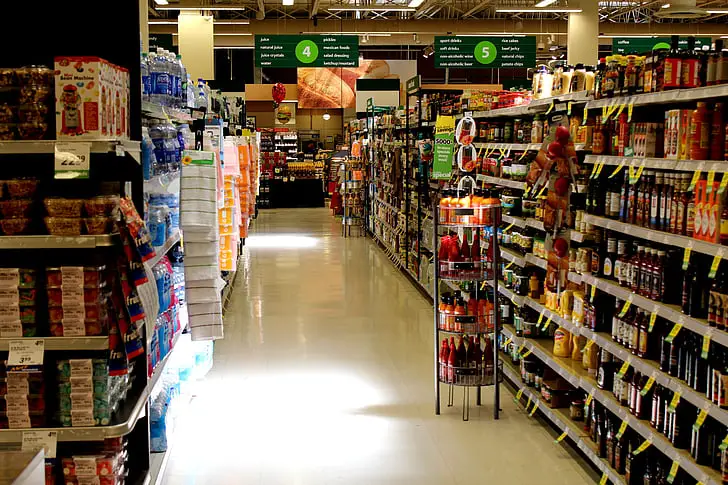
Cost-cutting measures are leading to fewer staff members on the floor, leaving shoppers to fend for themselves. Finding help can become a challenge, particularly in larger stores. The lack of human interaction diminishes the overall experience.
12. Overabundance of QR Codes

QR codes are replacing menus, labels, and even product descriptions in stores. While convenient for some, they alienate customers without smartphones or those who prefer traditional browsing. The reliance on technology can make shopping feel less accessible.
